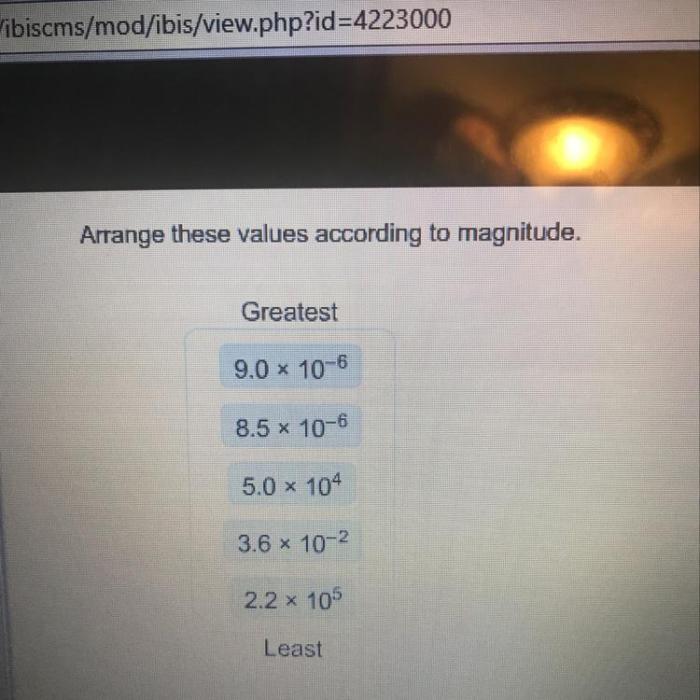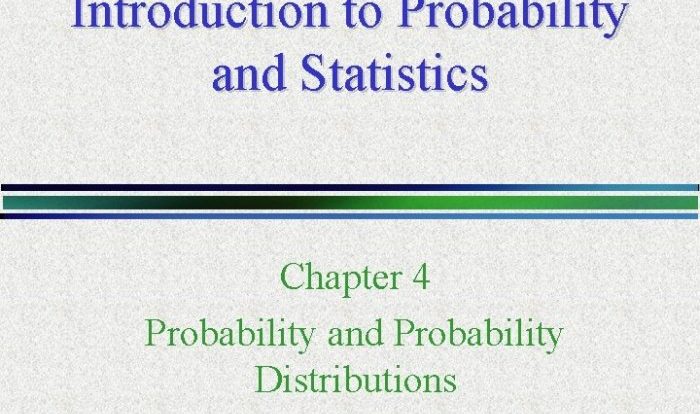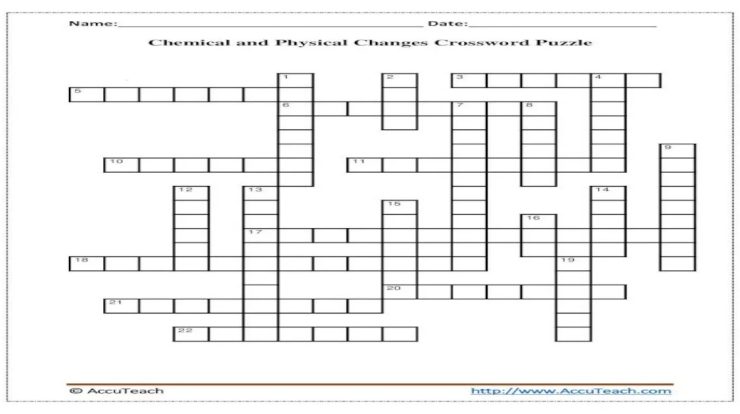Arrange the values according to magnitude. – In the realm of mathematics and science, the concept of magnitude plays a pivotal role in understanding the relative size or intensity of quantities. This comprehensive guide delves into the intricacies of arranging values according to their magnitude, exploring methods, significance, and practical applications.
Delving deeper into the topic, we will elucidate the concept of magnitude, examine methods for ordering values, and highlight the significance of order and direction in this process. Furthermore, we will construct a table to compare and contrast the magnitudes of different values, enabling the identification of the smallest and largest values within a given set.
1. Defining Magnitude

Magnitude refers to the size, intensity, or importance of a quantity or value. It quantifies the extent to which a value differs from zero or from other values within a given context. Magnitude can be applied to various types of quantities, including numbers, physical measurements, and abstract concepts.
2. Ordering Values by Magnitude

Methods for Ordering Values
- Numerical Comparison:Directly comparing the numerical values of the quantities.
- Magnitude Scales:Using established scales (e.g., Richter scale for earthquakes, decibel scale for sound intensity) to assign magnitudes.
- Logarithmic Scales:Converting values to logarithmic form to make comparisons easier (e.g., pH scale for acidity).
Significance of Order and Direction, Arrange the values according to magnitude.
The order and direction of magnitude arrangement are crucial. Ordering values from smallest to largest or vice versa provides a clear understanding of their relative sizes and facilitates comparisons.
3. Comparing and Contrasting Values

Table of Magnitudes
| Value | Magnitude |
|---|---|
| -5 | Small |
| 0 | Neutral |
| 10 | Large |
Identifying Extreme Values
Within a given set of values, the smallest and largest values represent the extreme magnitudes. These values provide insights into the range and distribution of the data.
4. Practical Applications: Arrange The Values According To Magnitude.

Arranging values by magnitude has numerous practical applications across various fields:
- Scientific Research:Quantifying and comparing experimental results, such as the intensity of chemical reactions or the magnitude of seismic waves.
- Engineering:Determining the strength of materials, designing structures to withstand specific magnitudes of force or pressure.
- Economics:Measuring the magnitude of economic indicators (e.g., GDP, inflation rate) to assess economic growth and stability.
- Healthcare:Classifying the severity of medical conditions, such as pain levels or disease progression, based on magnitude scales.
While arranging values by magnitude provides valuable insights, it also has limitations:
- Context-Dependent:The magnitude of a value can vary depending on the specific context or application.
- Subjective Interpretations:In some cases, the magnitude of a value may be subject to subjective interpretations or different measurement scales.
Top FAQs
What is the significance of order and direction when arranging values according to magnitude?
Order and direction are crucial as they establish a clear hierarchy among the values, allowing for meaningful comparisons and inferences. Ascending order arranges values from smallest to largest, while descending order arranges them from largest to smallest.
How can I compare the magnitudes of different values effectively?
Constructing a table is a useful technique for comparing the magnitudes of different values. By listing the values in a tabular format, you can visually assess their relative sizes and identify the smallest and largest values.
What are some real-world applications of arranging values according to magnitude?
Arranging values by magnitude finds applications in various fields, including data analysis, statistics, economics, and scientific research. It enables researchers and practitioners to identify trends, patterns, and outliers, leading to informed decision-making and enhanced understanding of complex phenomena.




